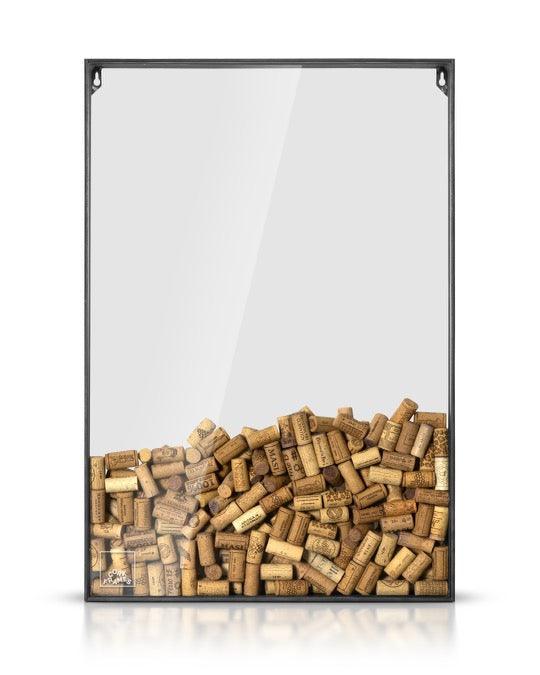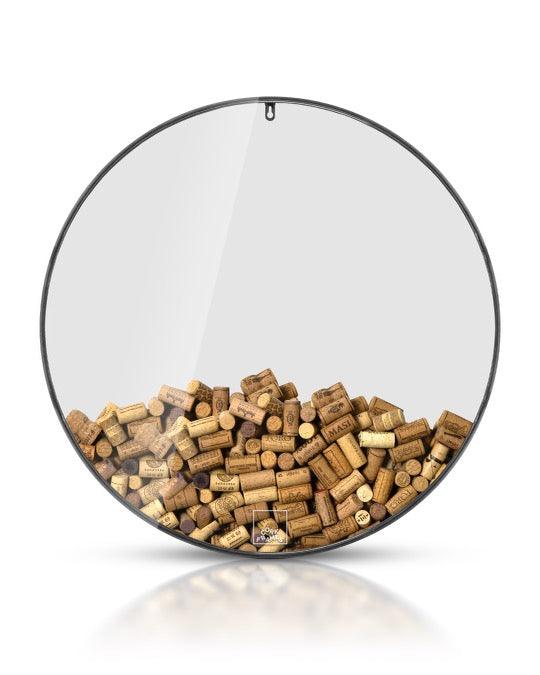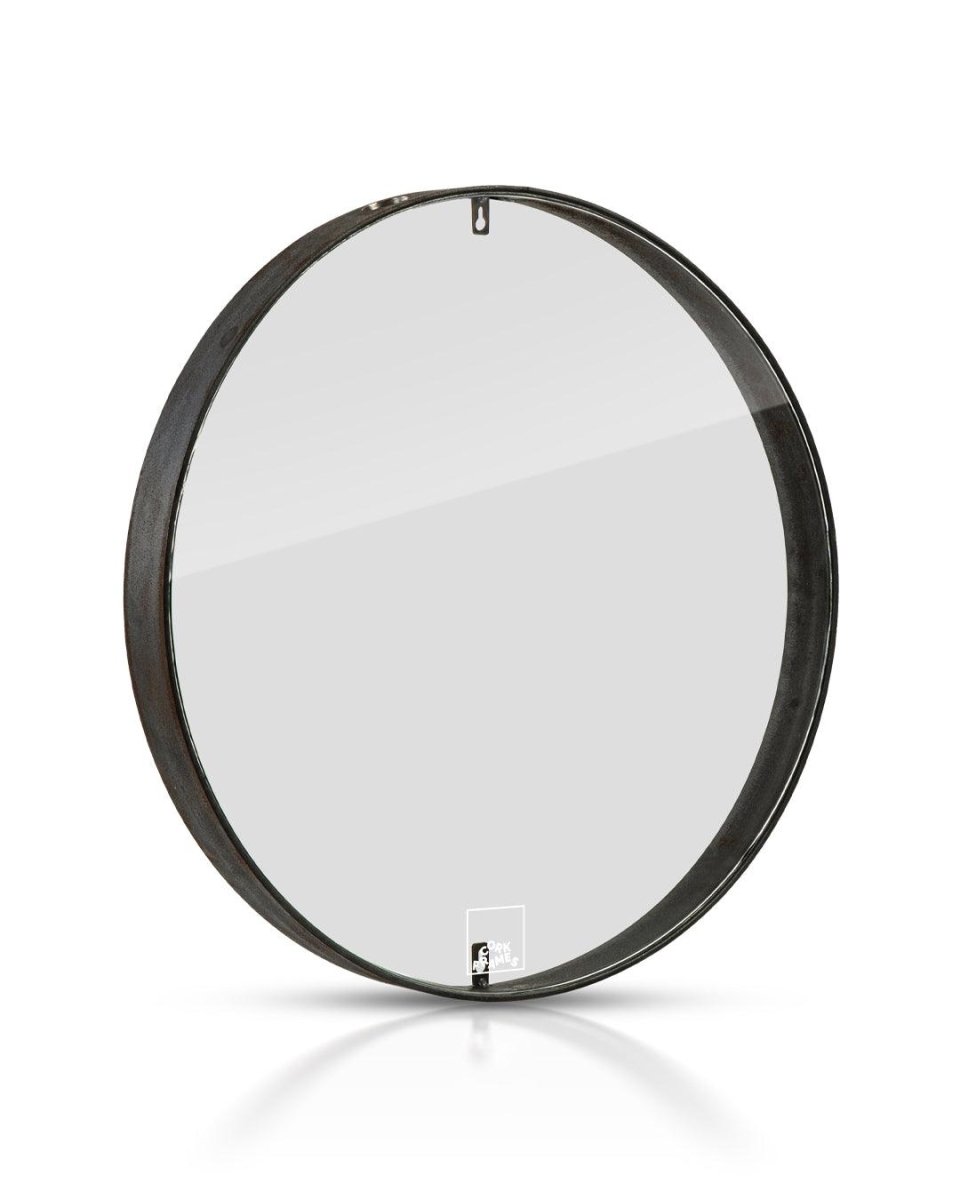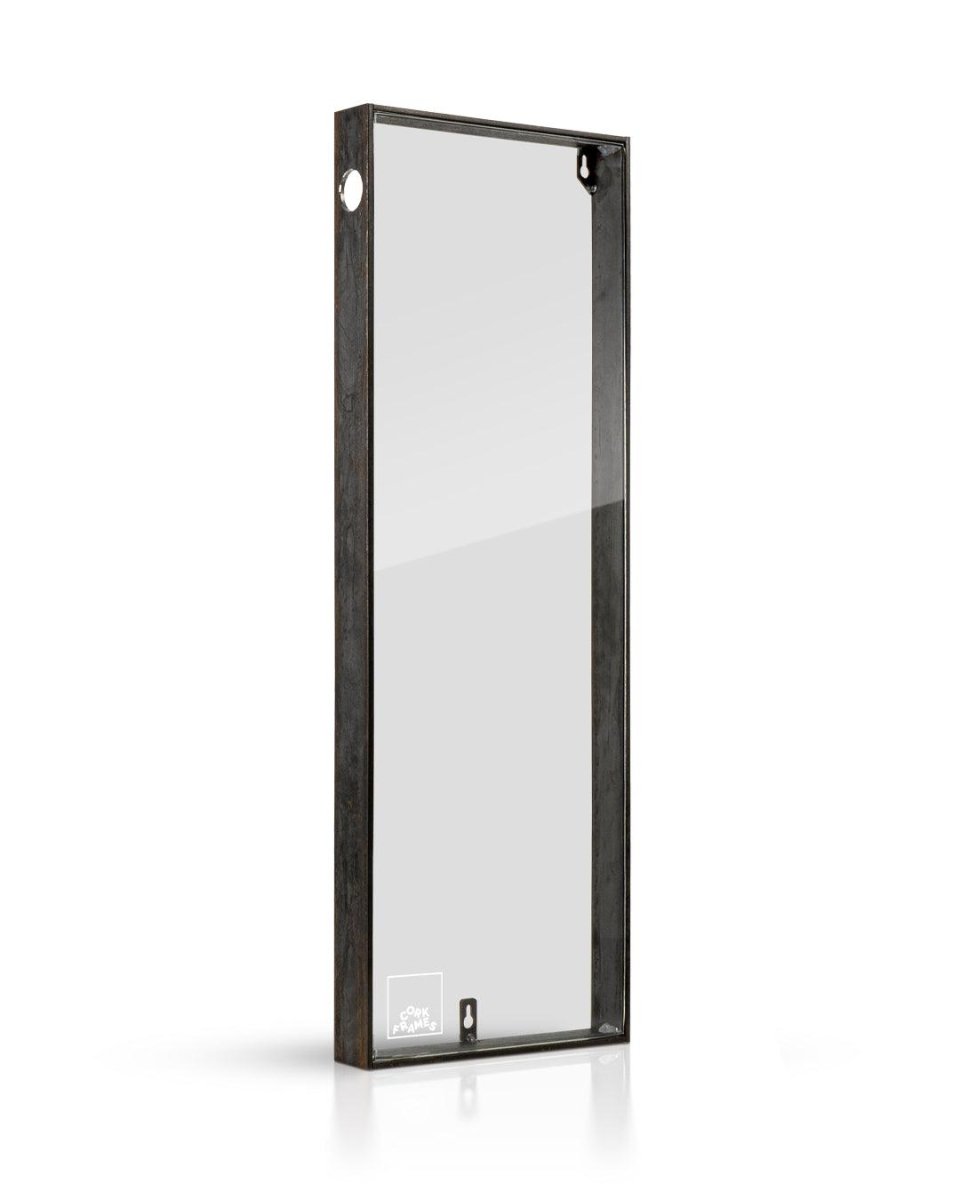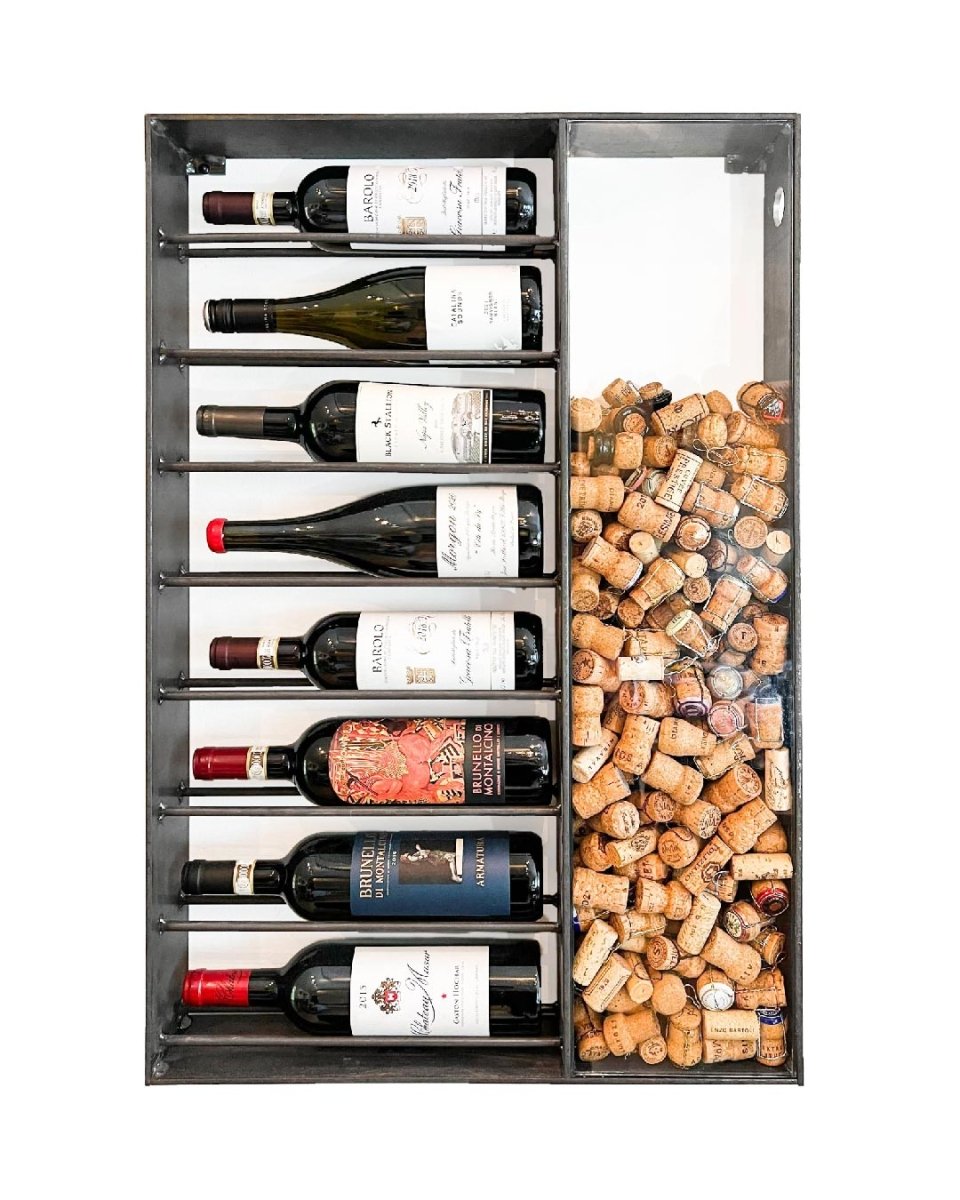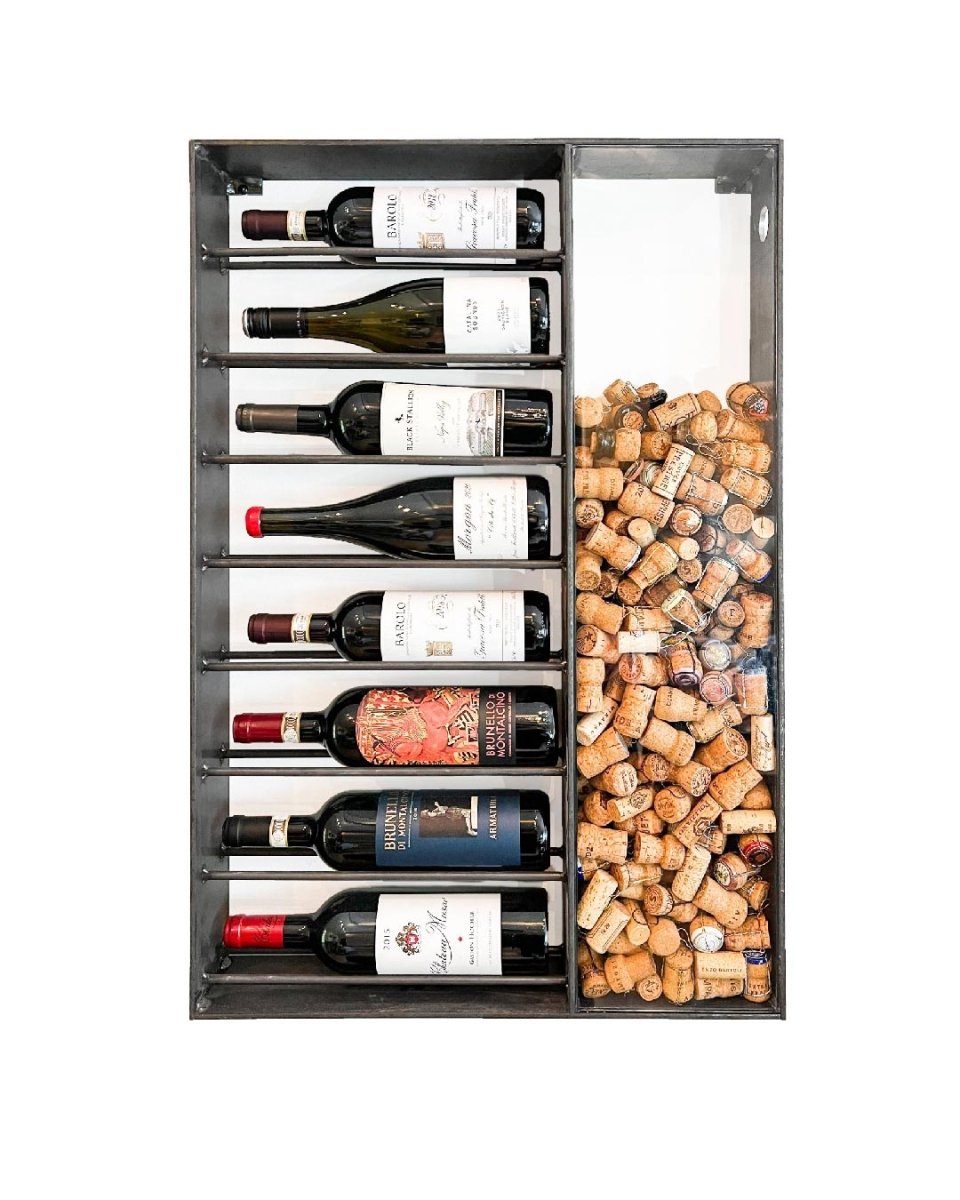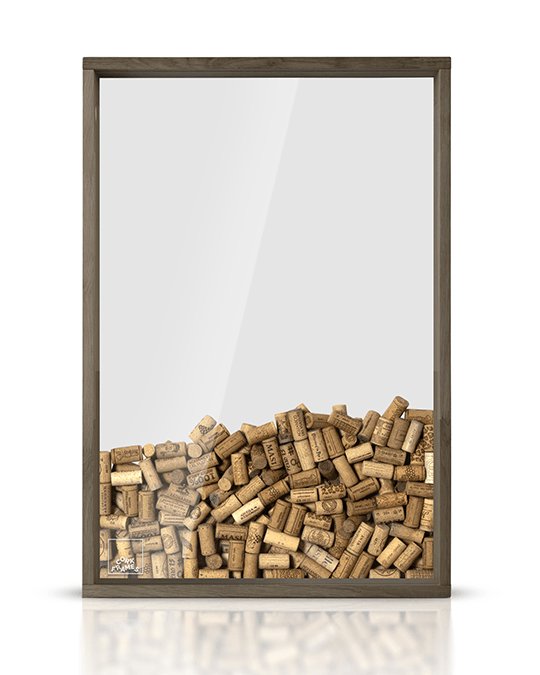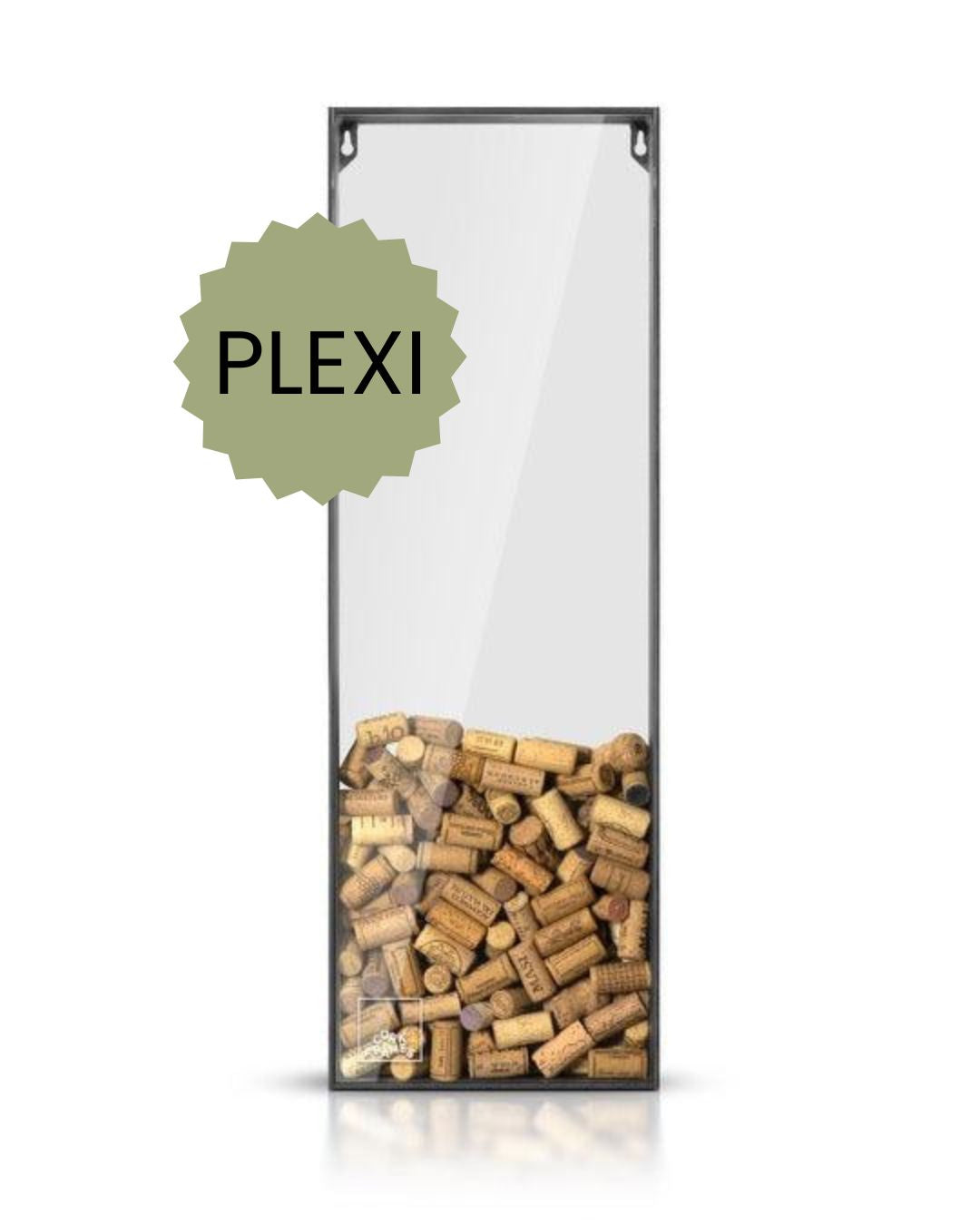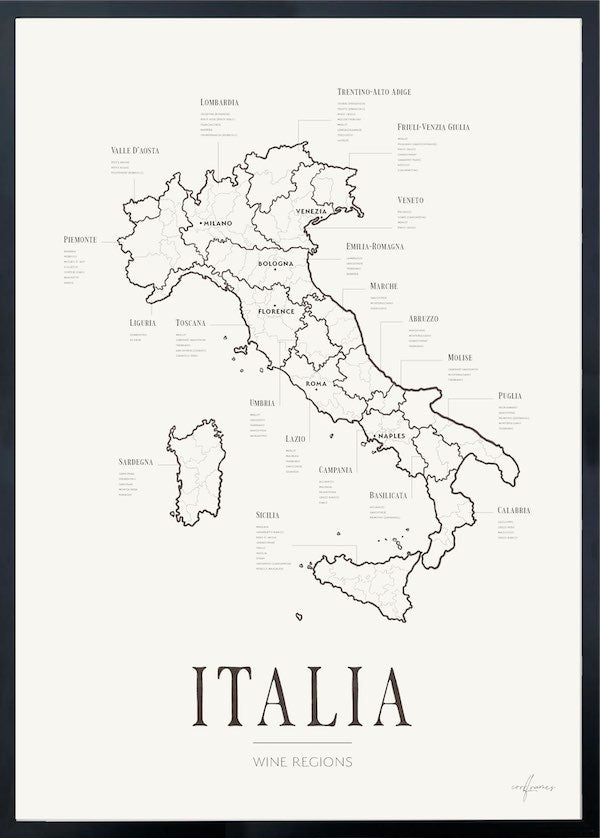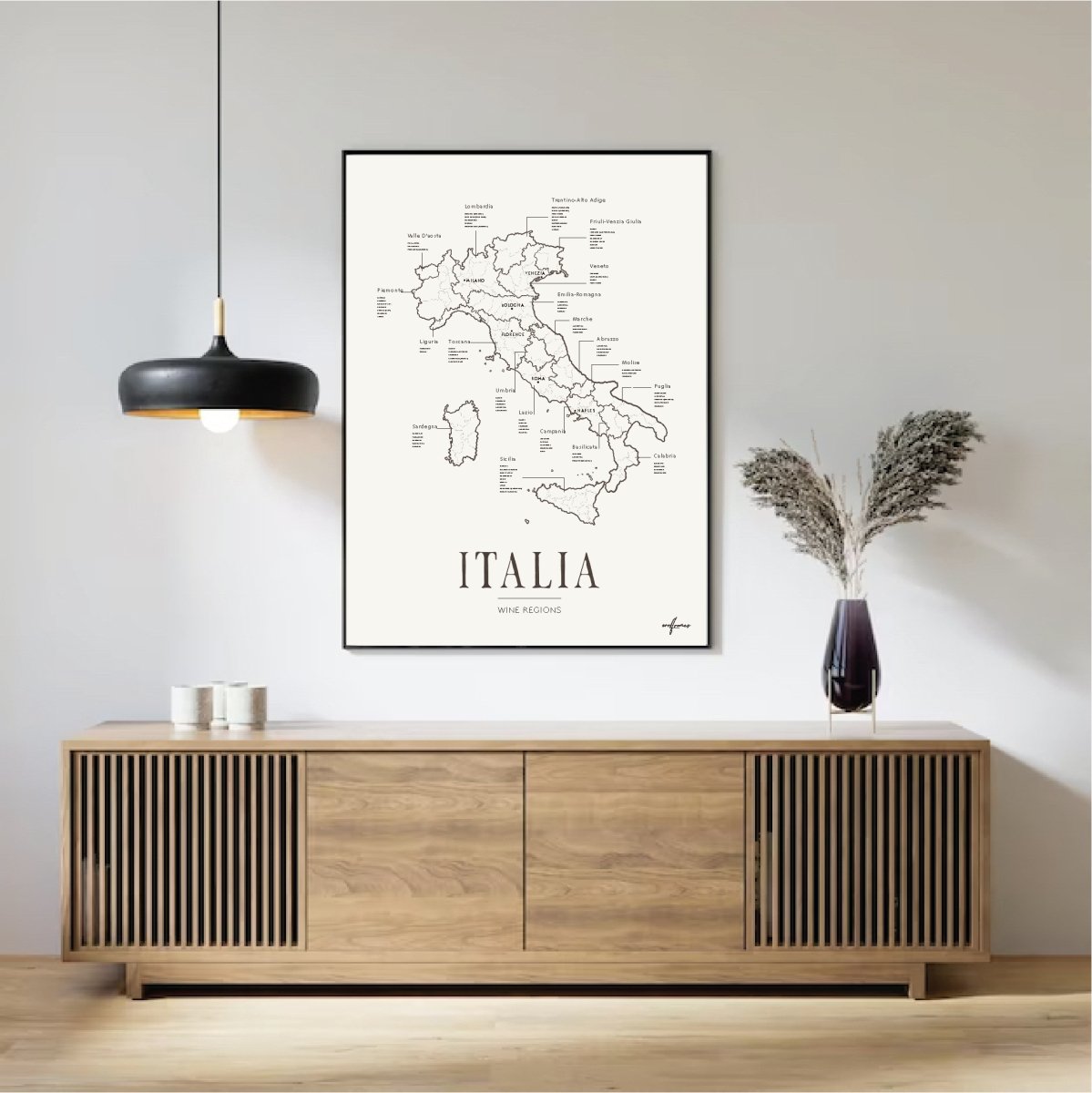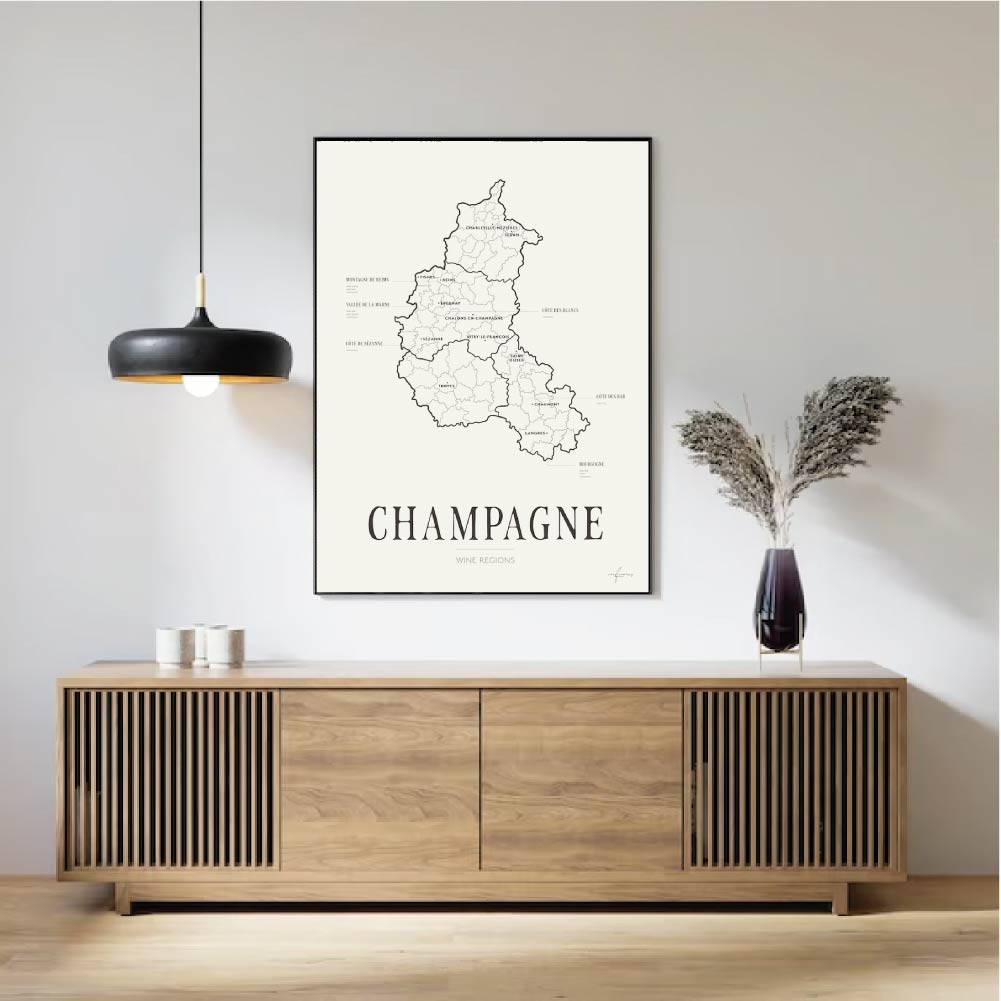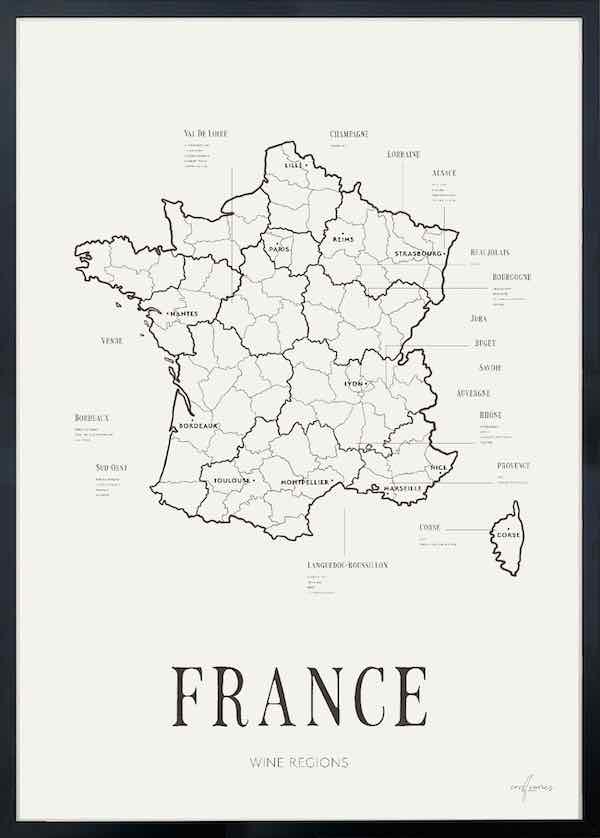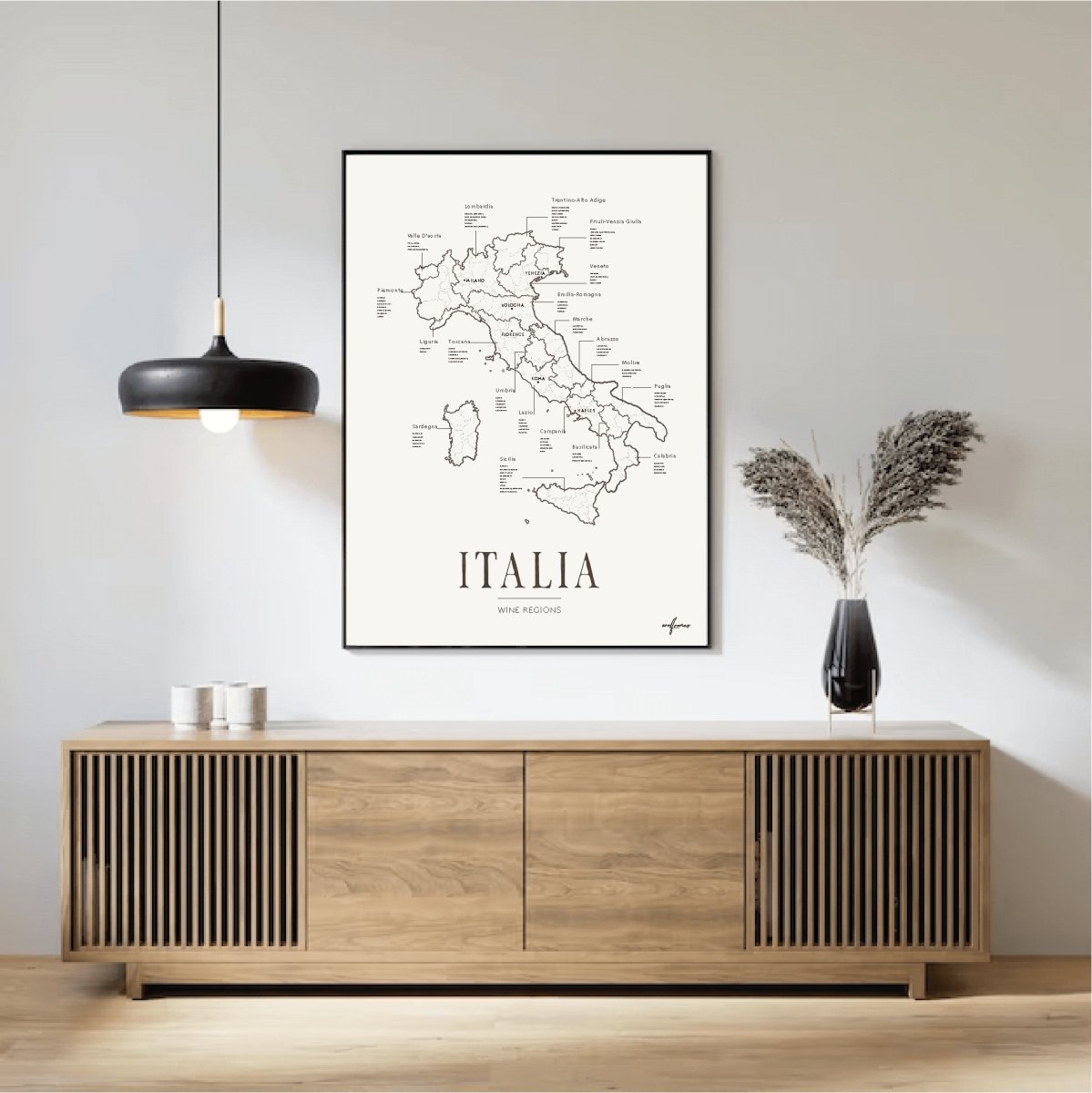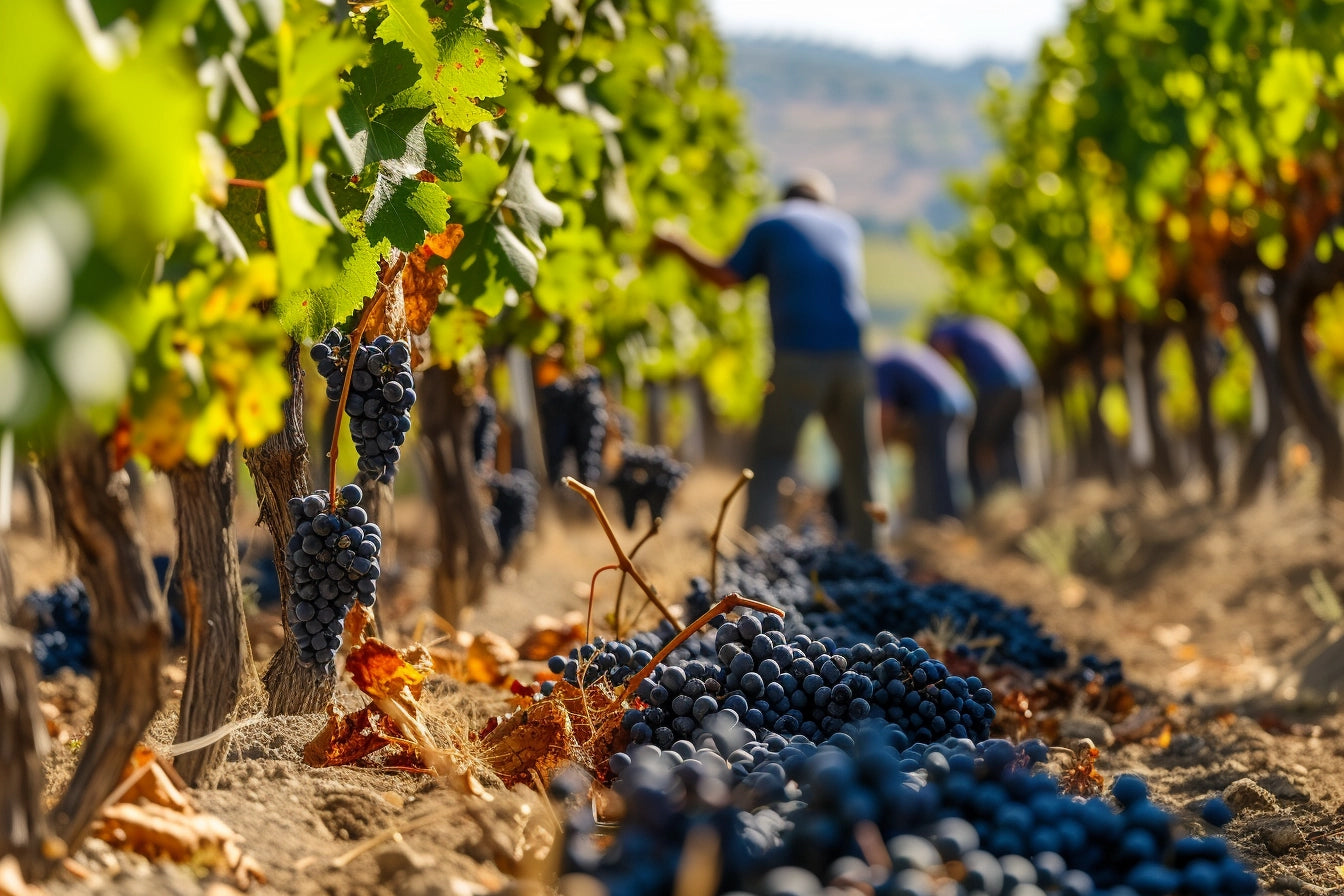Cava, the delightful sparkling wine from Spain, has become a popular choice for wine lovers around the world. Known for its refreshing taste and affordability, cava has established itself as a worthy competitor to Champagne and other sparkling wines.
But where did cava come from, and how did it become such a beloved beverage? In this article, we will delve into the origins of cava, its production process, and how it continues to sparkle in the wine industry.
A Brief History of Cava
The story of cava began in the mid-19th century, when the Phylloxera epidemic ravaged vineyards throughout Europe. This catastrophic event led to the need for replanting vineyards with new, resistant grape varieties. It also presented an opportunity for innovative winemakers to experiment with different styles of wine production.
Inspired by the success of Champagne in France, several Spanish winemakers decided to try their hand at producing sparkling wine using the same traditional method, known as the "méthode champenoise." In 1872, Josep Raventós, a member of the Codorníu winemaking family, produced the first bottles of Spanish sparkling wine in the region of Catalonia. Little did he know that his creation would eventually evolve into the internationally renowned cava we know today.
The name "cava" comes from the Spanish word for "cave" or "cellar," as the wine was traditionally aged in underground cellars. In 1986, when Spain joined the European Union, the term "cava" was officially adopted to distinguish Spanish sparkling wines produced using the traditional method.
Cava Production Regions
Although the majority of cava production takes place in Catalonia, particularly in the Penedès region, it can also be produced in several other regions throughout Spain. To qualify as cava, the wine must be produced in one of the designated regions and adhere to strict production regulations set by the Cava Regulatory Council (Consejo Regulador del Cava).
The Grapes
Cava is primarily made from three indigenous grape varieties: Macabeo, Xarel·lo, and Parellada. Each of these grapes contributes unique characteristics to the final product:
- Macabeo: This grape variety adds a fruity and floral aroma to the wine, as well as a balanced acidity.
- Xarel·lo: Known for its body and structure, Xarel·lo lends depth and complexity to the blend.
- Parellada: With its delicate and subtle flavors, Parellada contributes elegance and freshness to the wine.
Some cava producers also use Chardonnay, Pinot Noir, Garnacha, and Monastrell grapes, particularly for rosé cavas.
The Traditional Method of Production
Cava is produced using the same traditional method as Champagne, which involves a second fermentation in the bottle. This method, known as "método tradicional" in Spanish, consists of several key steps:
- Primary fermentation: The grapes are harvested, pressed, and fermented separately to produce a base wine.
- Blending: The base wines are blended to create the desired flavor profile.
- Secondary fermentation: A mixture of sugar and yeast, known as the "liqueur de tirage," is added to the base wine, which is then bottled and sealed with a temporary cap. The bottles are placed in a cool, dark cellar to allow the secondary fermentation to occur, producing carbon dioxide gas and creating the wine's signature bubbles.
- Aging: Cava must be aged on its lees (dead yeast cells) for a minimum of 9 months, although many producers choose to age their wines for longer periods to develop more complexity and depth of flavor. During this time, the bottles are periodically rotated and tilted in a process called "riddling" to help collect the lees near the bottle´s neck.
-
-
Disgorging: Once the aging process is complete, the neck of the bottle is frozen to form a plug containing the lees. The temporary cap is removed, and the pressure within the bottle forces the frozen plug out, leaving behind a clear sparkling wine.
-
Dosage: A mixture of sugar and wine, called the "liqueur d'expédition," is added to the bottle to replace the lost volume and adjust the sweetness level of the finished cava. The bottle is then corked and secured with a wire cage.
-
Final aging: Before release, the cava is allowed to rest in the cellar for a few more months to ensure that the flavors integrate and the wine achieves its optimal balance.
Cava Styles and Classifications
Cava comes in various styles and classifications based on aging time, sugar content, and grape varieties used. The main styles include:
- Cava Brut Nature: This style has no added sugar and is the driest type of cava.
- Cava Brut: With a small amount of sugar added during the dosage, this style is slightly off-dry but still very crisp and refreshing.
- Cava Semi-Seco: A semi-sweet style with a higher sugar content, this cava offers a balance between sweetness and acidity.
In addition to these styles, cava is classified according to the length of aging:- Cava: Aged for a minimum of 9 months.
- Cava Reserva: Aged for a minimum of 15 months.
- Cava Gran Reserva: Aged for a minimum of 30 months.
And don´t forget to save your wine memory in a Corkframe!
Pop It, Drink It, Frame It
-



